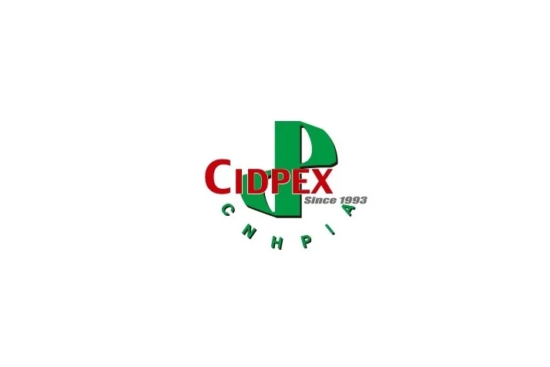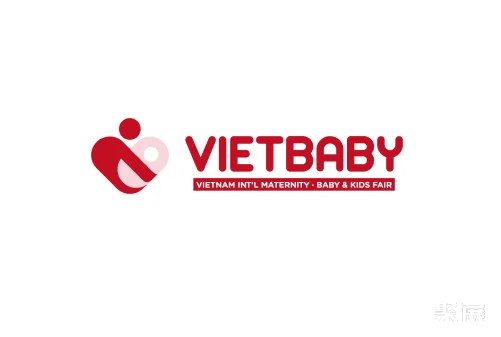
The possibility of new tariffs has reignited concerns among businesses that rely on global supply chains. While the scope and severity of these tariffs remains uncertain, the potential impacts on costs, operations and consumer prices underscore the importance of proactive preparation. Businesses that take proactive steps to anticipate and adapt to these changes will be better able to deal with any disruptions.
Also read: Strike fears, tariff plans drive early import surge at U.S. ports
Looking back at the Trump administration’s previous tariff cycles reveals an important lesson: preparation is key. Diversification efforts such as the China Plus One strategy offer ways to manage the risks of overreliance on sourcing from a single country. Manufacturers, especially in industries such as apparel and automobiles, are beginning to explore alternatives in countries such as Vietnam, Mexico and India. This trend has accelerated in recent years, providing a valuable blueprint for businesses facing new trade uncertainties.
However, supply chain diversification is only part of the story. To truly prepare for potential tariffs, companies must adopt a broader strategy that combines scenario planning, inventory management and automation investments.
Scenario planning: exploring the unknown
Scenario planning is key to effective supply chain management, especially in the face of uncertain policy changes. Companies must model a range of potential outcomes, from modest tariff increases to more extreme scenarios.
For example, manufacturers may assess the financial and operational impacts of imposing 10%, 25% or even 60% tariffs on specific product categories. By modeling these scenarios, companies can identify cost-saving opportunities, adjust procurement strategies, and avoid making last-minute decisions under pressure.
Inventory Strategy: Buying Time
Hoarding inventory has also become a common tactic for businesses preparing for potential tariffs. By building inventory before tariffs are implemented, businesses can temporarily avoid immediate increases in costs. This approach provides breathing room to evaluate long-term adjustments, such as changing suppliers or renegotiating contracts.
While stocks may be effective in the short term, they are not without risk. Excessive inventory ties up capital and storage space, and long-term reliance on this strategy can lead to inefficiencies. Therefore, it should be viewed as a complementary measure rather than a stand-alone solution.
Automation: a strategic advantage
One of the most promising responses to tariff uncertainty is the adoption of advanced automation technologies. Automation enables companies to improve operational efficiency, scale production and adapt to changing cost structures.
Consider the example of a food manufacturer transitioning from a traditional facility to a highly automated production line. By investing in modern technology, companies increase productivity and provide employees with opportunities to upskill and prepare them to operate advanced equipment. These improvements not only increase throughput, but also enable businesses to offer more competitive wages, benefiting both employees and the organization. This also makes outsourcing production more feasible.
Automation also enables more precise production planning and reduces waste, in line with wider sustainability goals. By leveraging data-driven insights, businesses can optimize operations to more accurately meet demand, minimizing overproduction and associated costs. This combination of efficiency and adaptability ensures businesses are better able to respond to uncertain economic conditions while contributing to long-term sustainability.
Sustainability: a silver lining
In addition to reducing tariff risk, regionalizing supply chains has other advantages. By sourcing and producing goods closer to end markets, companies can shorten transportation distances, reduce carbon emissions and become more responsive to consumer demand.
Fresh produce is a great example of this dynamic. While products like apples can be sourced domestically in the U.S., tropical crops like avocados rely heavily on imports from Mexico, so a regional strategy is critical to managing costs and ensuring supply. Likewise, shifts in manufacturing centers can shorten lead times and increase supply chain predictability. This not only improves operational efficiency but also supports sustainability initiatives – an increasingly important factor for consumers and stakeholders. Even with higher tariffs, these benefits cannot be ignored for nearshore locations like Mexico.
Looking to the future
Preparing for potential tariffs requires a proactive mindset and a willingness to invest in a long-term strategy. Companies that employ scenario planning, diversify their supply chains, and leverage automation will be better prepared to meet the challenges ahead.
At the same time, these measures provide opportunities for growth and innovation. By turning uncertainty into actionable insights, businesses can build more resilient operations and better meet the changing demands of global markets.











Leave a Reply Cancel reply
You must be logged in to post a comment.